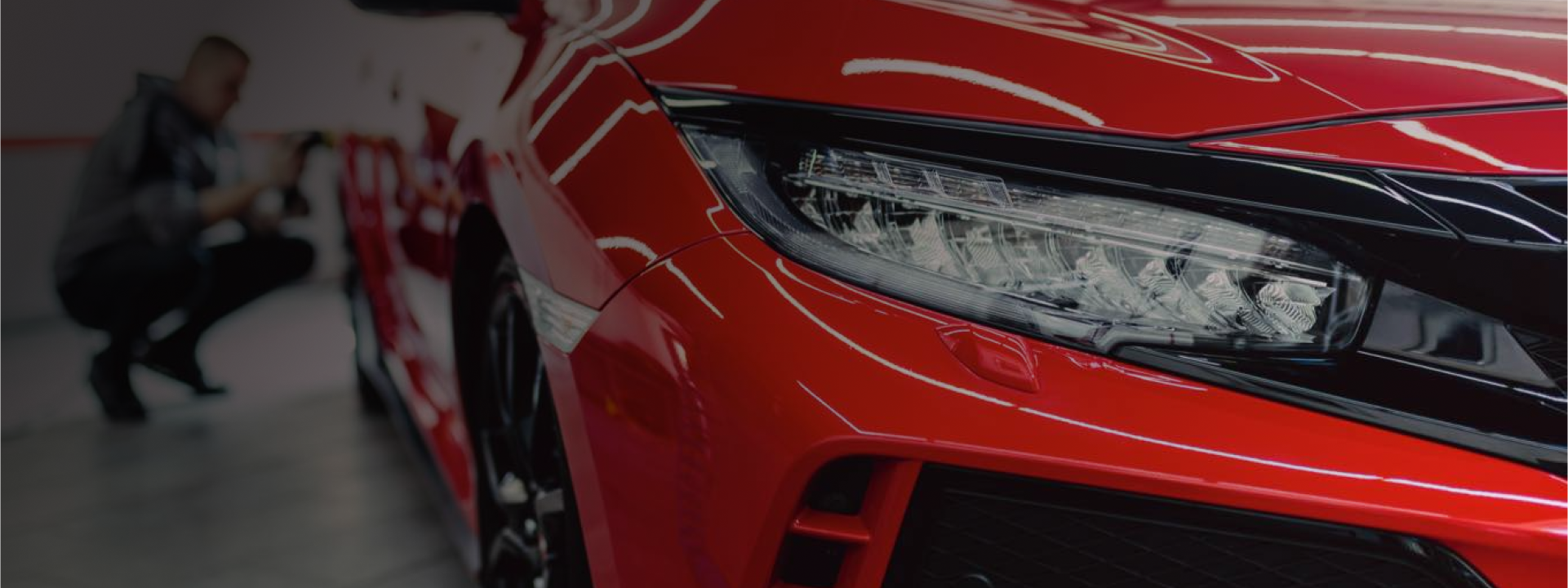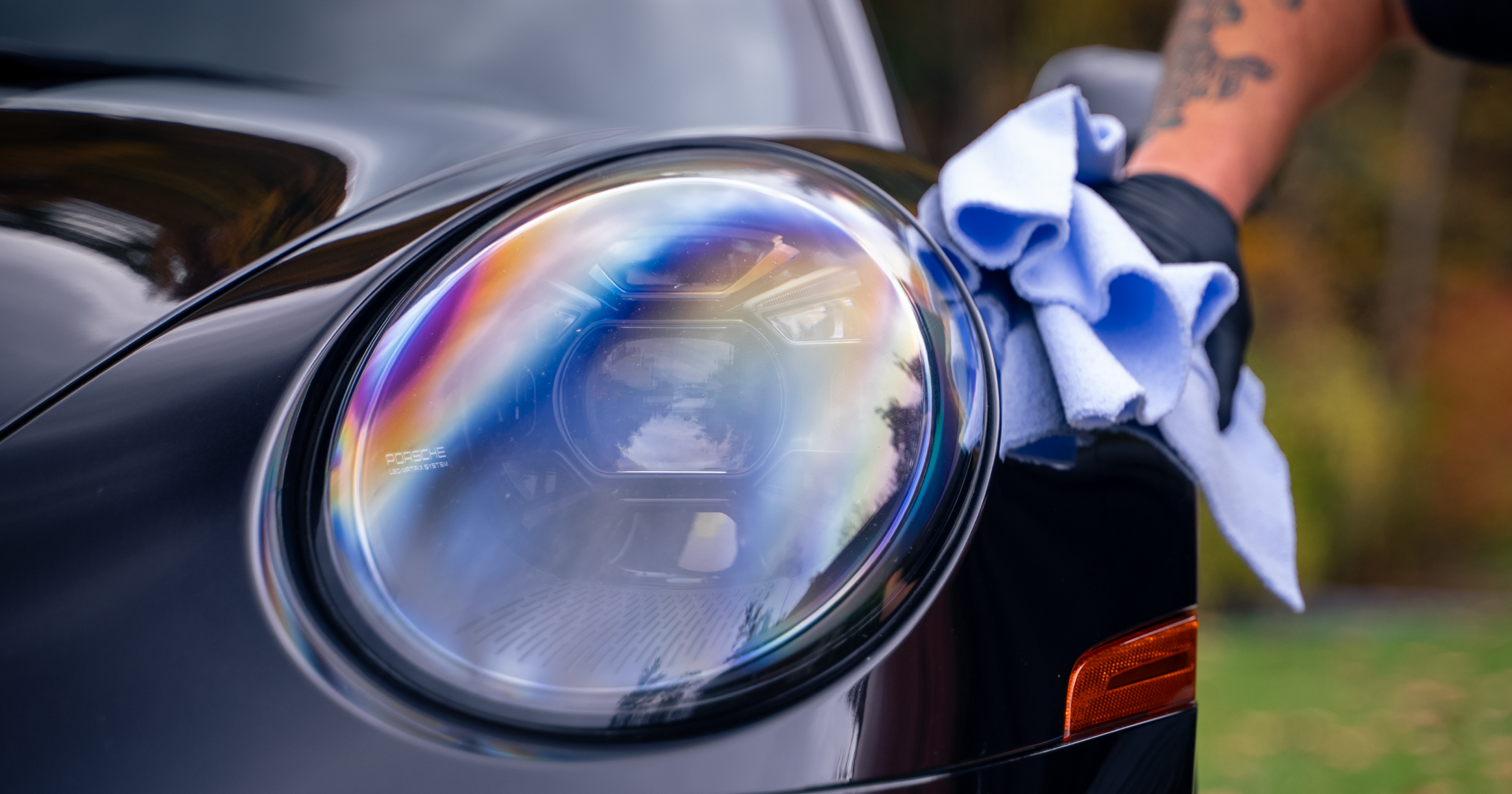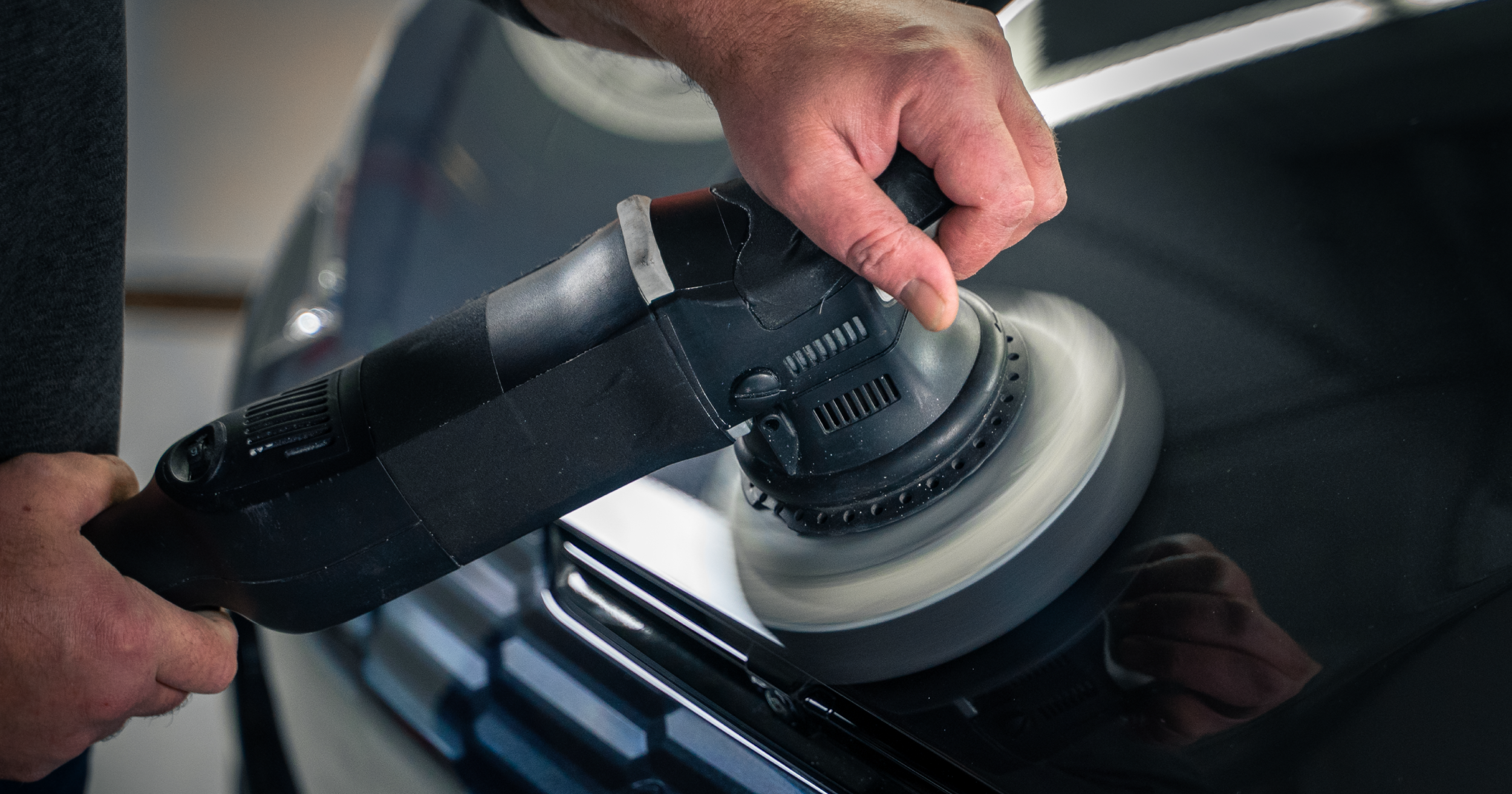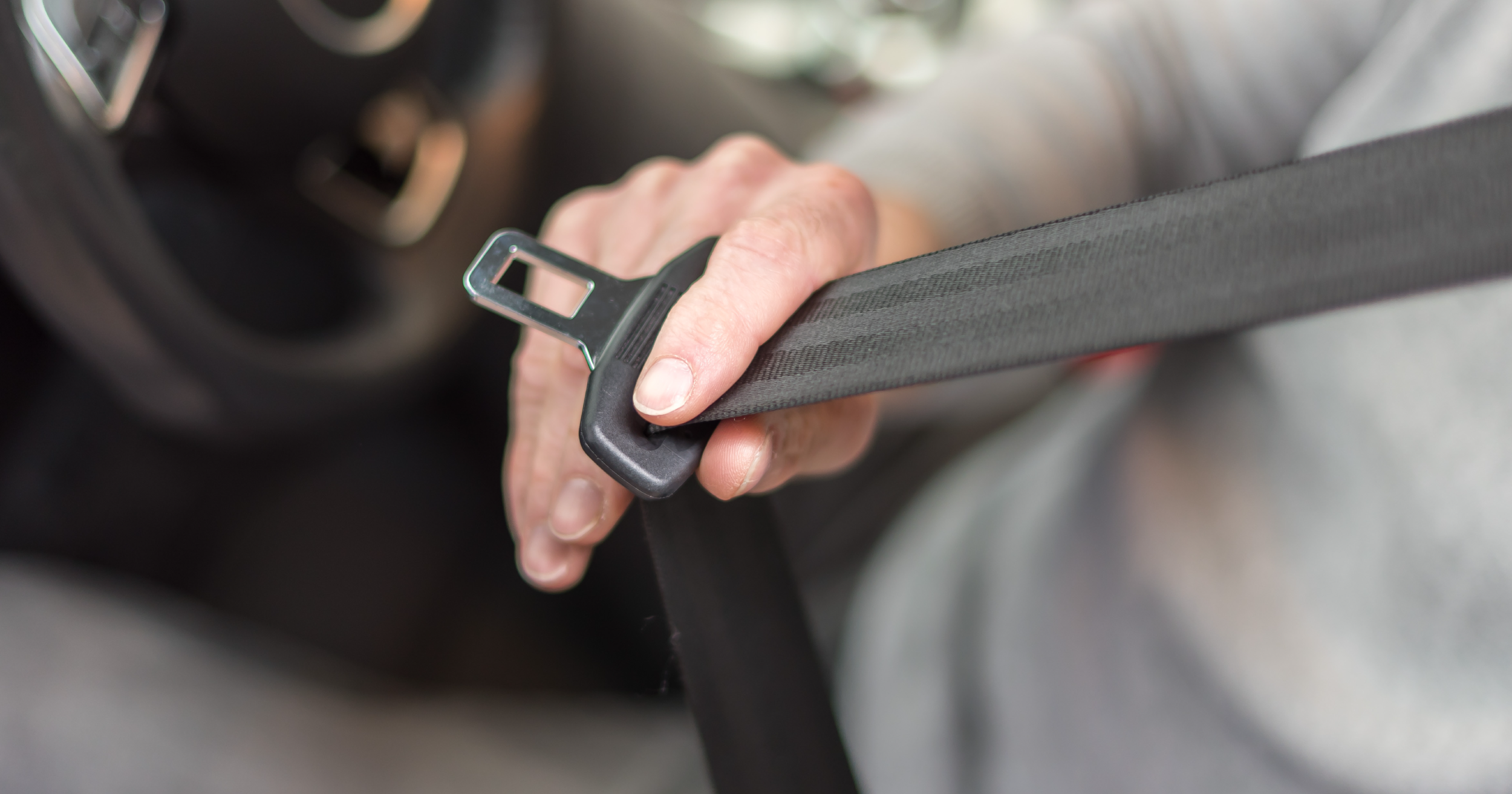Master the Art of Paint Correction: A Guide to Tools and Supplies
Achieving a flawless finish on your vehicle involves more than a simple wash and wax routine. Paint correction is the key in car detailing to restoring and enhancing the beauty of your car's exterior. In this comprehensive guide, we will walk you through the supplies you need to ensure a showroom-worthy finish.
Table of Contents
- Paint Correction
- Machines
- Pads
- Key Takeaways
What is Paint Correction?
It's crucial to understand what the paint correction process entails. This auto detailing technique involves the removal of surface imperfections from painted surfaces. These imperfections can include swirl marks, scratches, blemishes, water spots, and oxidation. Typically, a machine and pad are used to apply a cutting compound or a polish to car paint. These formulas are designed to even out any inconsistencies in the vehicle surface. The goal is to restore the paint's clarity, depth, and overall visual appeal to achieve a brand-new look.
How do I know if my car needs paint correction?
Over time, a car's paint can suffer scratches and damage, diminishing its shine. Paint correction is the solution to restoring that showroom car look. If your paintwork shows scratches, swirl marks, bird droppings, water spots, or stubborn stains, it's time for a paint correction service.
What is the difference between paint correction and polishing?
The crucial distinction between paint correction and polishing lies in the extent of defect removal. Polishing enhances, while paint correction meticulously targets specific defects. Despite apparent similarities, each approach produces different results and requires varying skills.
Is paint correction hard?
Paint correction is not necessarily a simple task, requiring labor and precision. Incorrect execution can result in more scratches versus less. Nevertheless, paint correction is accessible to everyone. Beginners can achieve many of the same results as professionals if the correct tools and methods are employed.
Is paint correction expensive?
Unfortunately, you cannot have your paint corrected at your local car wash. To have a professional perform paint correction services will be significantly more expensive than if you decide to take it on yourself. For quality paint correction detailing services, you are looking at about $500 minimum. More extensive paint correction packages with professional detailers can reach well into the thousands.
If you don’t mind putting the time and effort in yourself, invest in a polishing machine, pads, and a couple of compounds and polishes that you can use time and again to correct imperfections in your vehicle paint. This option could cost a few hundred upfront but will be much cheaper in the long run, as defects continue to demand attention.
Types of Polishing Machines

Buffing and polishing machines come in various shapes and sizes. Currently, three fundamental motion types are crucial to the polishing process. Each type of motion is represented by a different machine.
Rotary Polishing Machine
Among the three machine types, the rotary is the oldest. A traditional rotary polisher spins on a single access (or arbor), generating a specific speed at a set number of revolutions. Rotary machines are powerful and advantageous for swiftly removing scratches and marring. They are ideal for heavy paint repair jobs and large area correction (such as correcting the entire hood of a car). However, they generate a lot of heat, raising the risk of burning through the paint.
Dual-Action Polishing Machine
In 2008, the dual action (or orbital) polisher was introduced. Driven by a weight in the front, this machine creates a throw range between 12 - 21 mm. This range ensures equal contact with different parts of the paint, reducing hologram formation, minimizing heat, and decreasing the overall risk of paint damage. However, improper technique, such as excessive or uneven pressure, can cause the rotation to stall, minimizing the polishing effect. Nonetheless, with the right technique, pads, and compound or polish, excellent results can be achieved with this machine.
Gear-Driven Polishing Machine
The gear-driven polisher combines features of both the rotary and dual-action machines. It employs a gear to drive both the rotation and throw. A notable advantage is this machine’s ability to resist stalling. However, it lacks specialization in a specific area. Whereas, dual-action machines excel in hologram removal and rotary machines are more effective in scratch removal. Therefore, the gear-driven polishing machine falls between the rotary and dual-action machines for performance.
Machine Polishing Pads for Paint Correction
Choosing the appropriate machine polishing pad will save you time and money and reduce the chance of further damage to your paint. Pads come in varying sizes and materials, each boasting a set of unique correction capabilities. Some considerations in choosing the best pad for the job include the severity of the damage, the type of machine, and the cutting power of the compound.
Microfiber and Wool Buffing Pads
Wool and microfiber buffing pads are non-abrasive, yet they provide more aggressive cutting abilities than their foam counterpart. This makes them great heavy-cutting pads and spot-removal pads. They each can contain high-quality natural and synthetic fibers, with significant surface areas, that allow them to generate more heat for faster correction of the car’s clear coat (the protective layer on top of the paintwork) and paint.
Wool pads are the most aggressive type of pad and are primarily paired with rotary polishers. While they effectively cut through heavy defects, they may leave behind holograms and abrasions that require further refinement.
Microfiber pads, though less aggressive than wool pads, are also efficient at tackling heavier defects. However, they also leave behind a less-than-perfect finish. Often, visible microscopic scratches and a slightly cloudy surface will demand additional correction efforts.
Keep in mind that deep scratches into the vehicle’s base coat, and further, cannot be corrected through buffing and polishing. At this point, a new paint job may be in order. Failing to address deep scratches and any areas with exposed metal will lead to rusting and the eventual need to replace that particular part of the vehicle.
Foam Polishing Pads
The most common type of pad is the foam pad. Foam pads serve various purposes, spanning from cutting to refining and finishing. Lighter foam pads are typically used for paint refinement and finishing, whereas denser foam pads provide more abrasion and surface contact, making for faster defect removal.
When dealing with paint that doesn't exhibit severe or significant damage, foam pads become the preferred choice. They are excellent at addressing light scratches and medium imperfections. Renowned for their popularity, foam pads offer a diverse range of cutting levels, effectively addressing all essential stages in the final paint refinement and polishing process.
Pad Size
Buffing and polishing pads come in a variety of sizes to suit all paint correction needs. The size of the pad you use directly influences the amount of heat generated and the area covered with each pass. Standard pad sizes include 5-inch, 3-inch, and 1-inch variations.
Select the appropriate pad size for your machine and the area you intend to correct. Larger pads are more effective for straight areas like hoods, body panels, and trunk lids, expediting the work. On the other hand, smaller pads are more effective for areas like corners.
Key Takeaways: With the Right Supplies, You Can Achieve a Defect-Free Finish
Car paint correction is an essential step in regular car care. With the right supplies and a methodical approach, achieving a flawless finish through paint correction is within reach for every automotive enthusiast. No matter if you are facing some heavy paint defects or fine scratches, following this guide will help you achieve that new car look that turns heads on the road.




